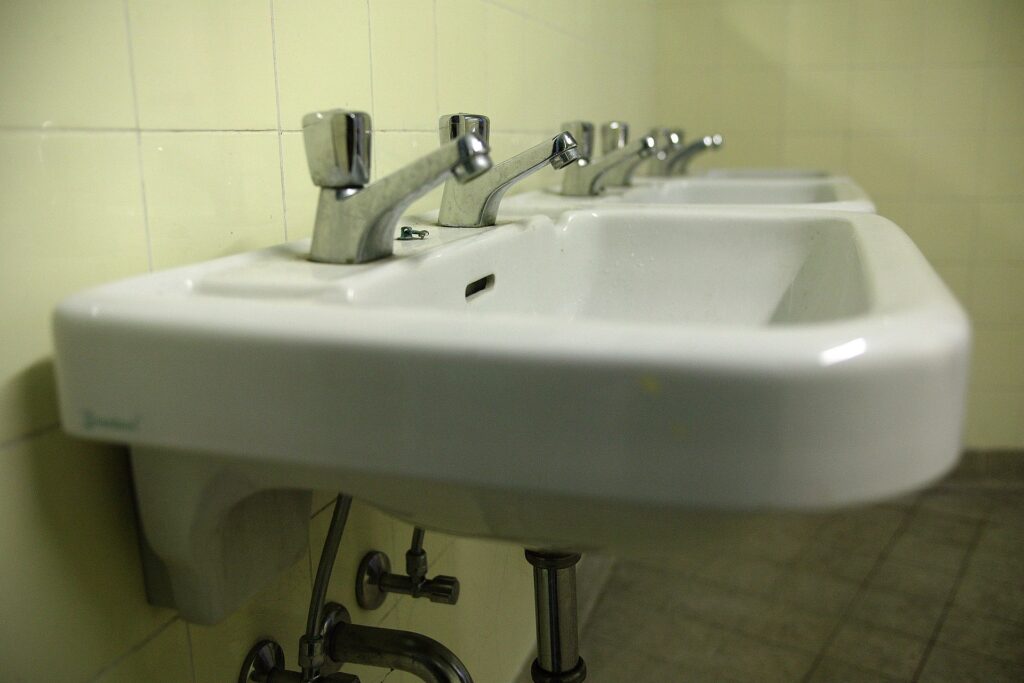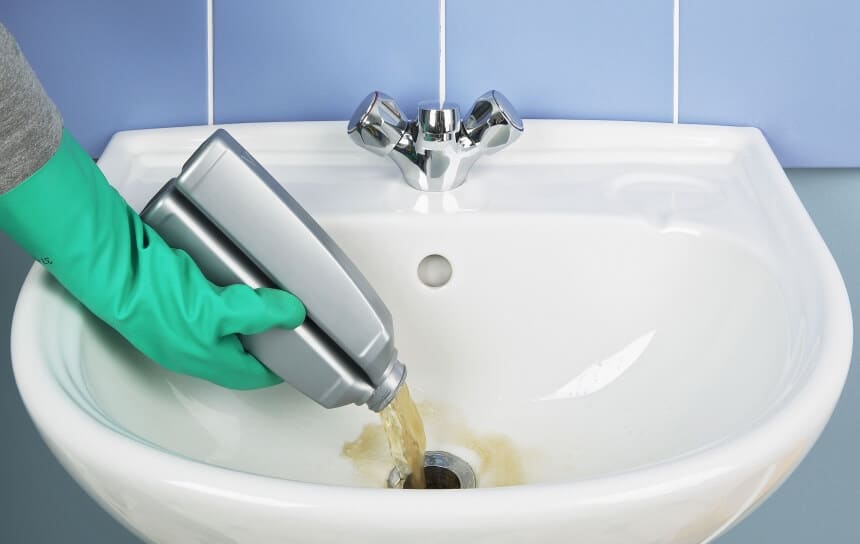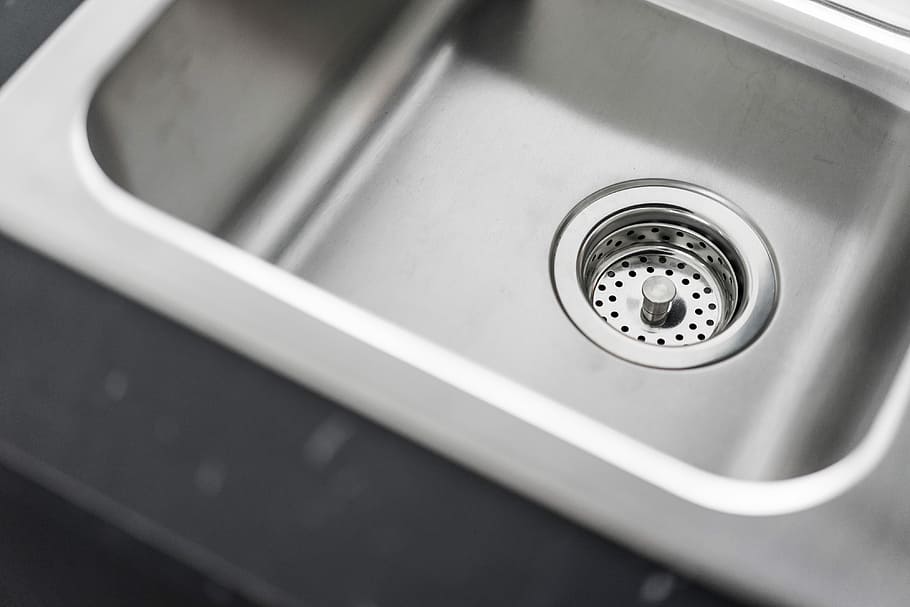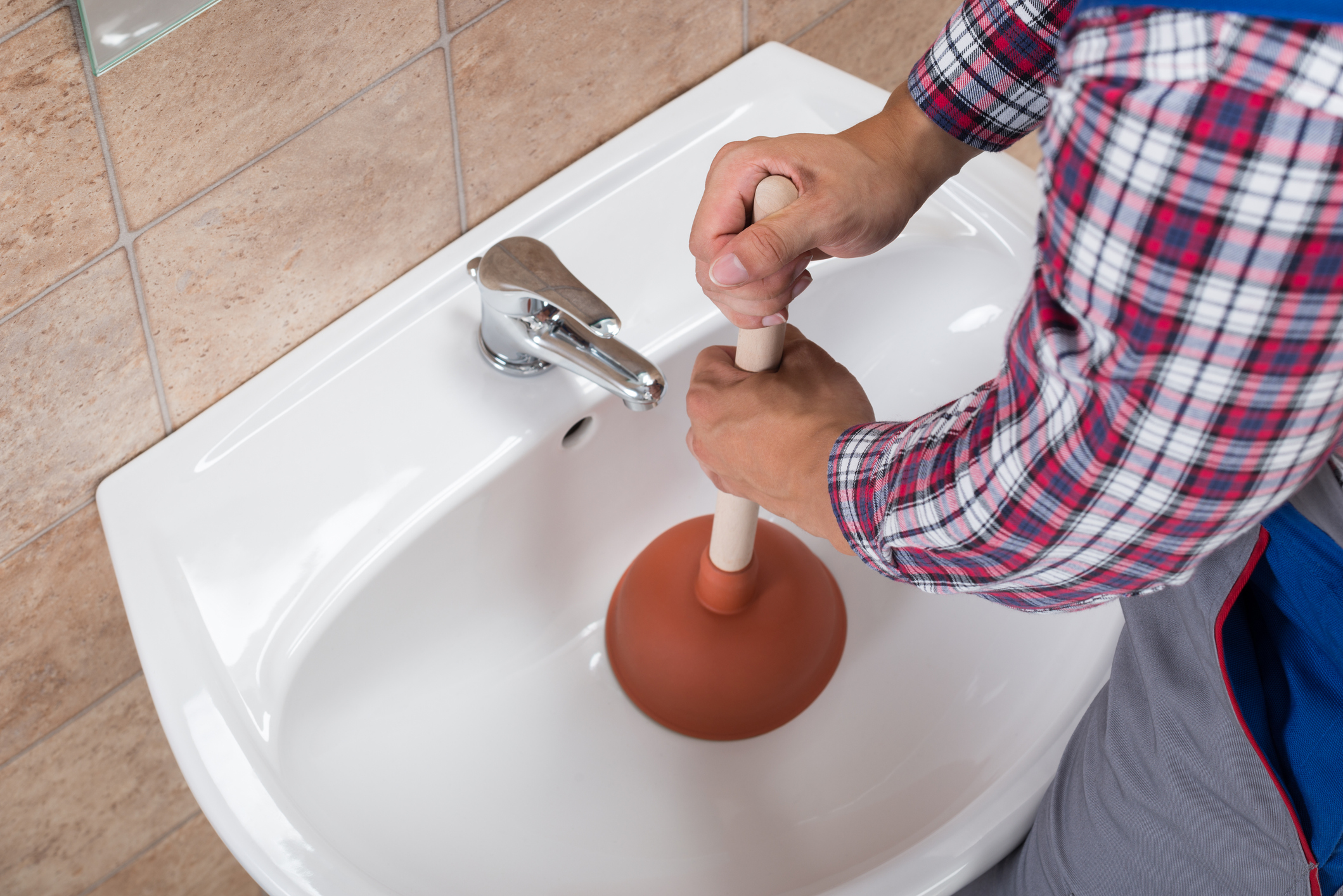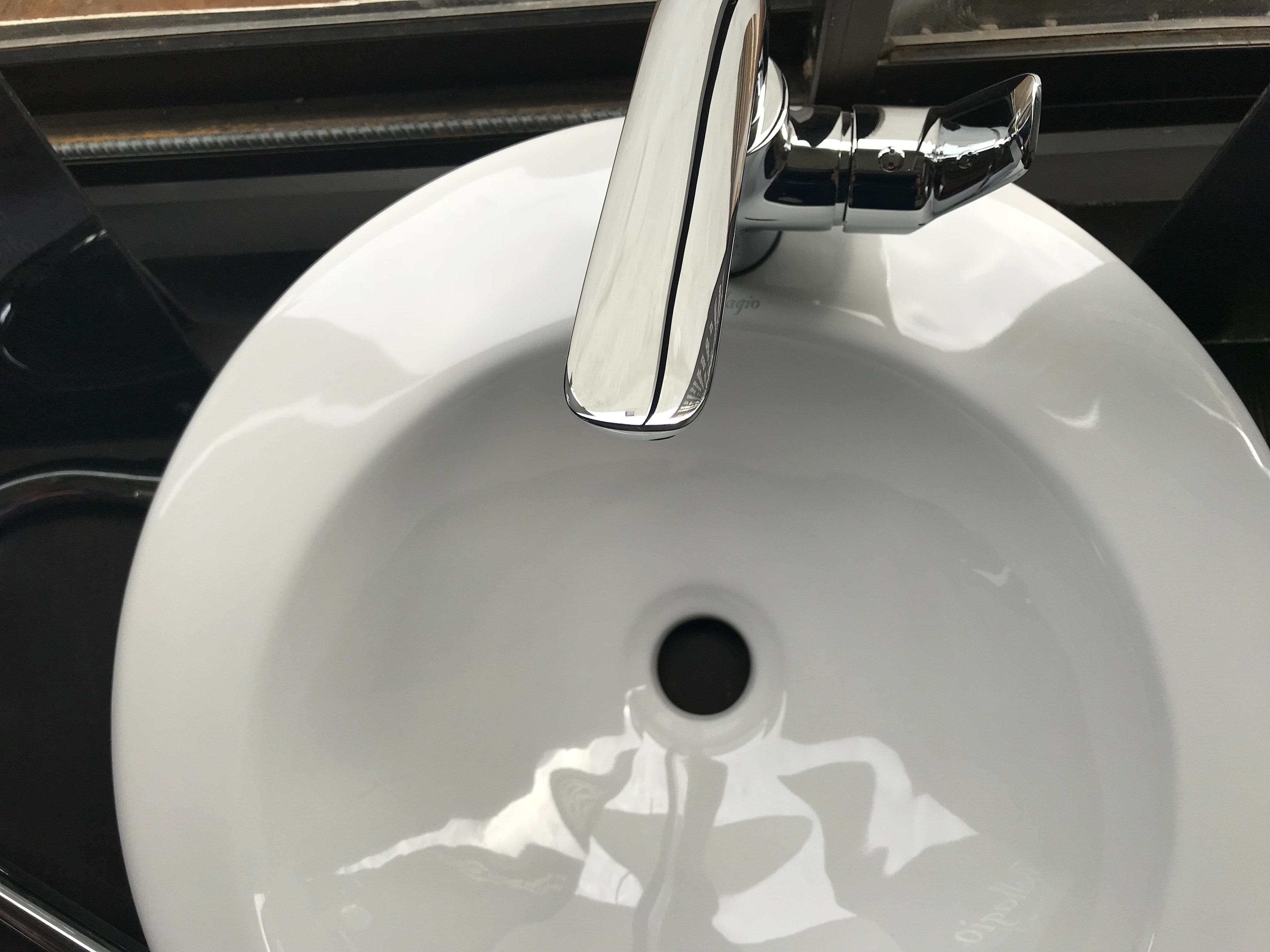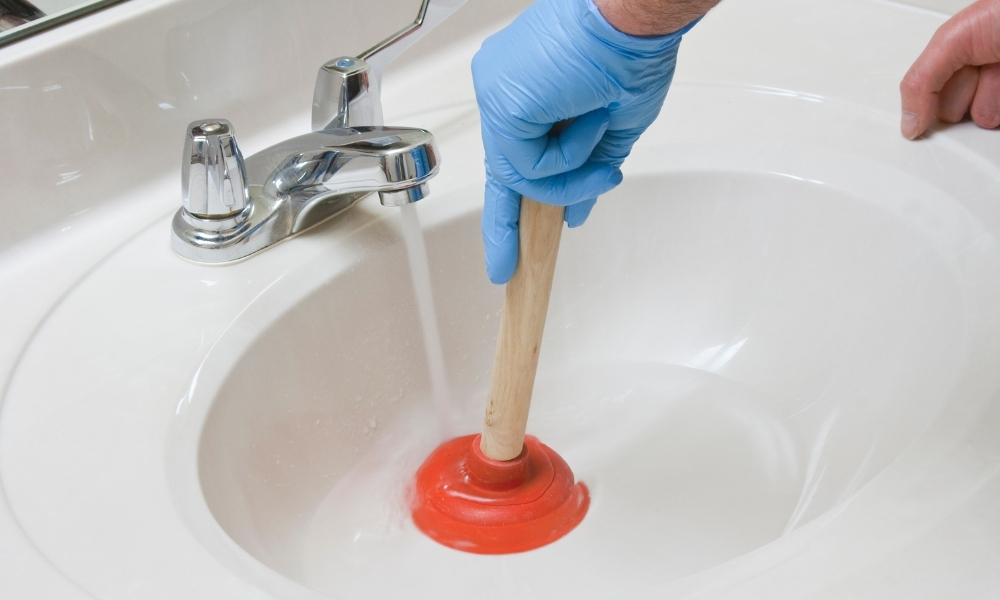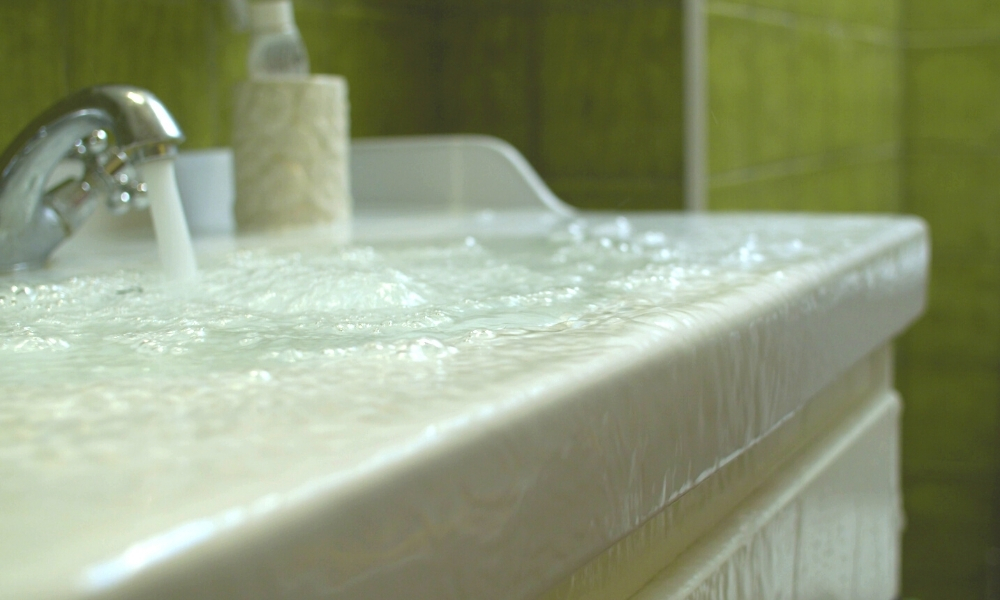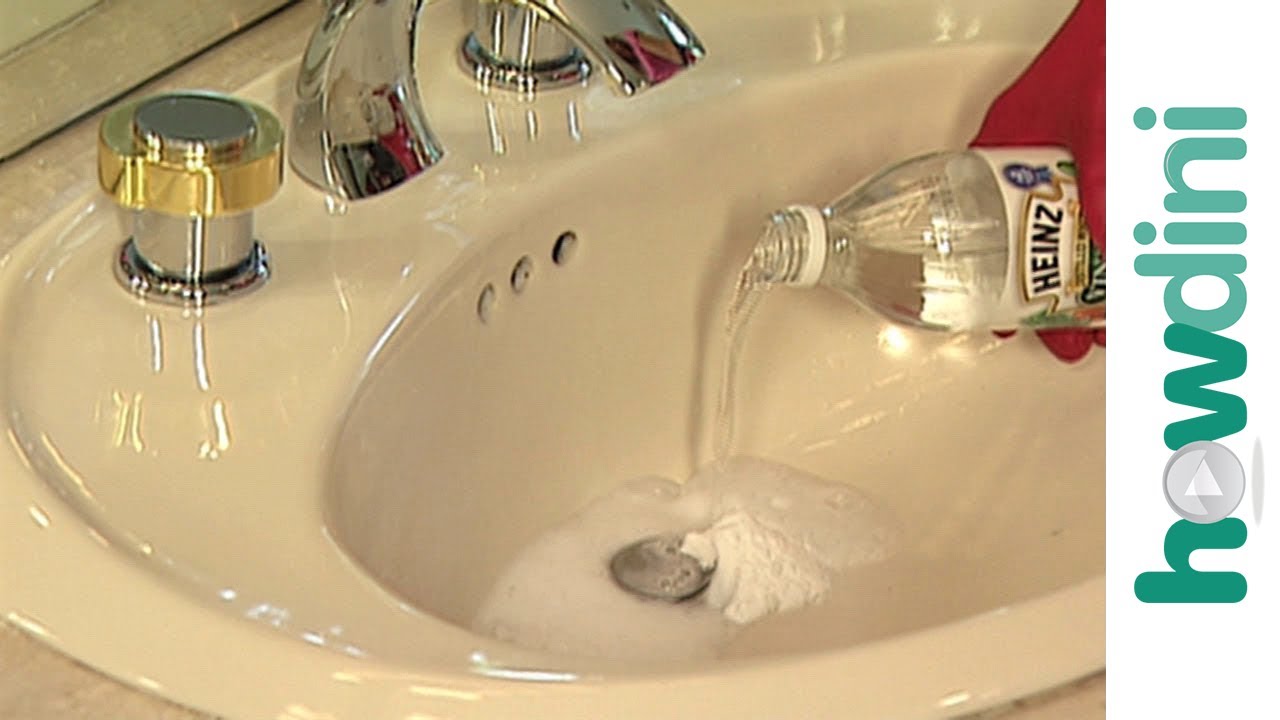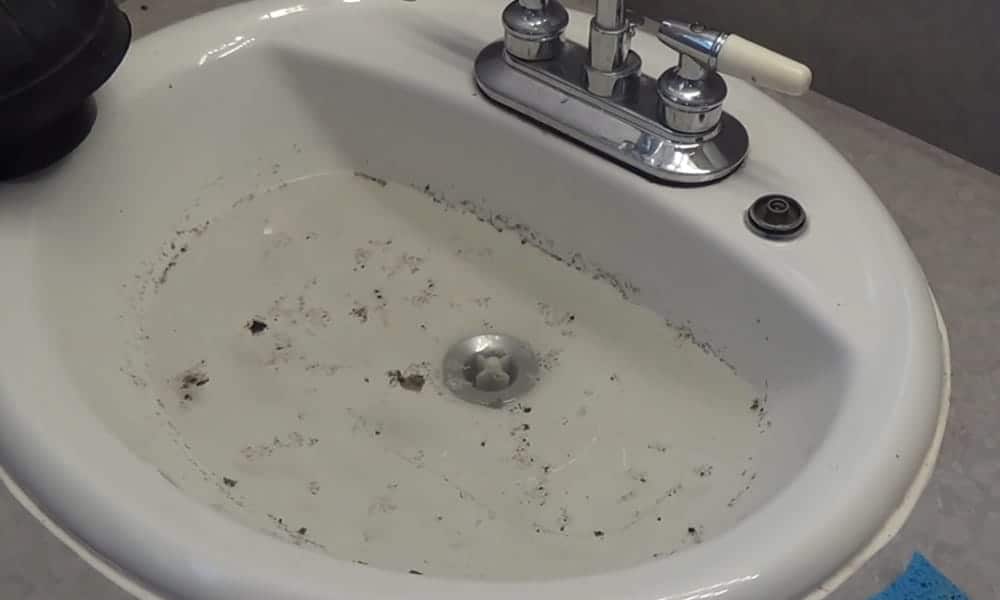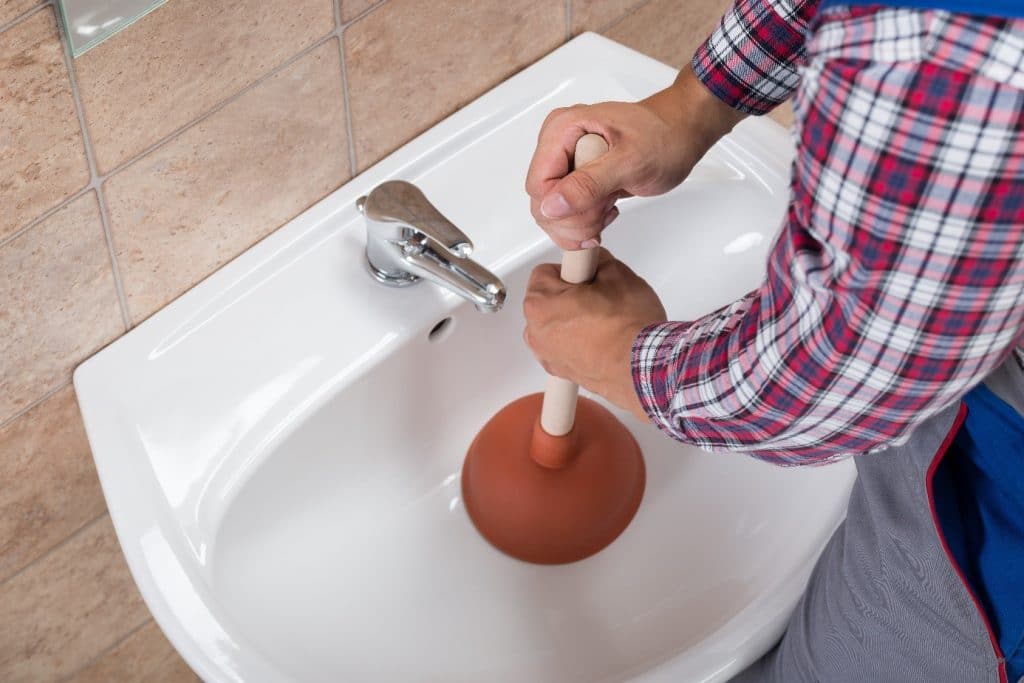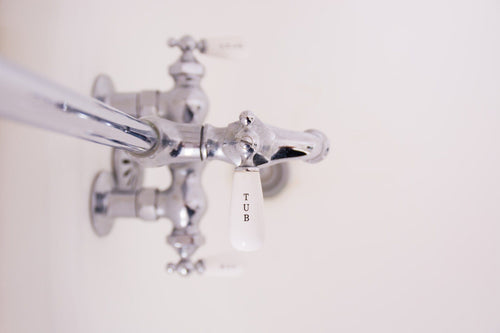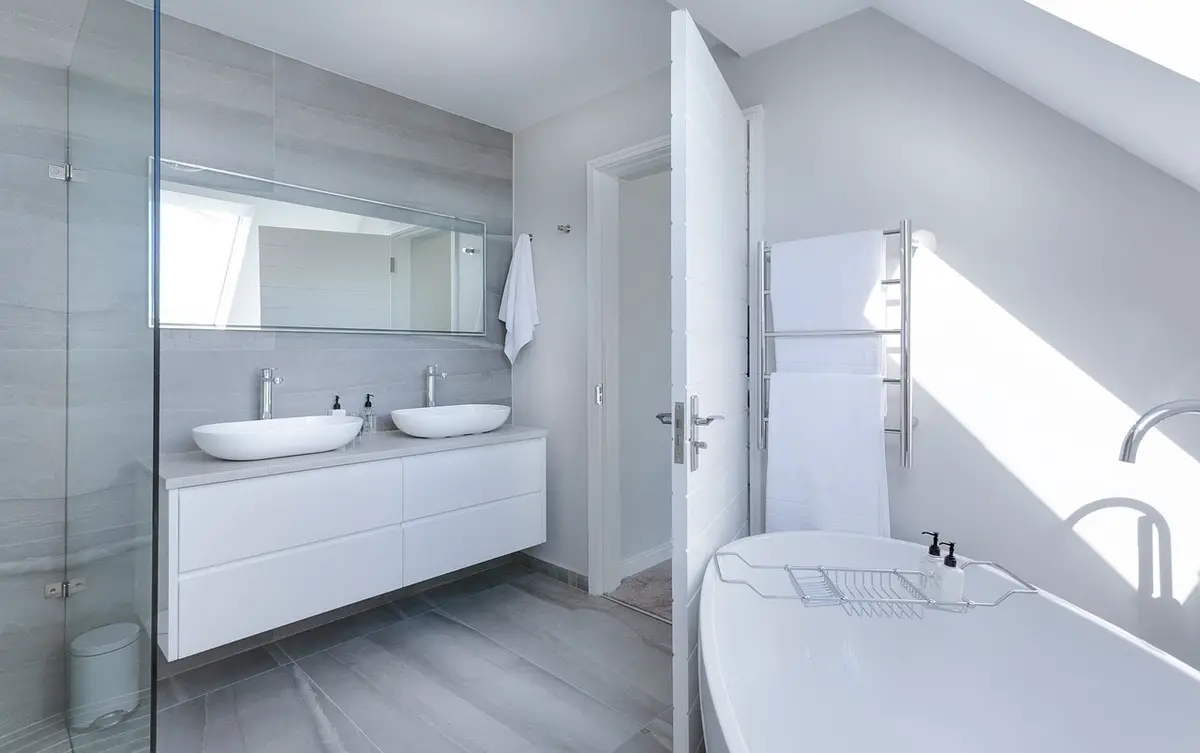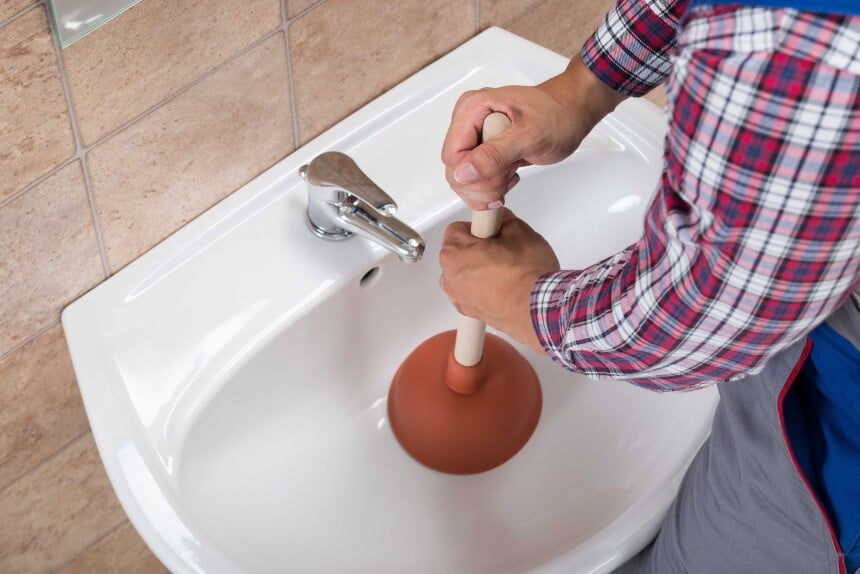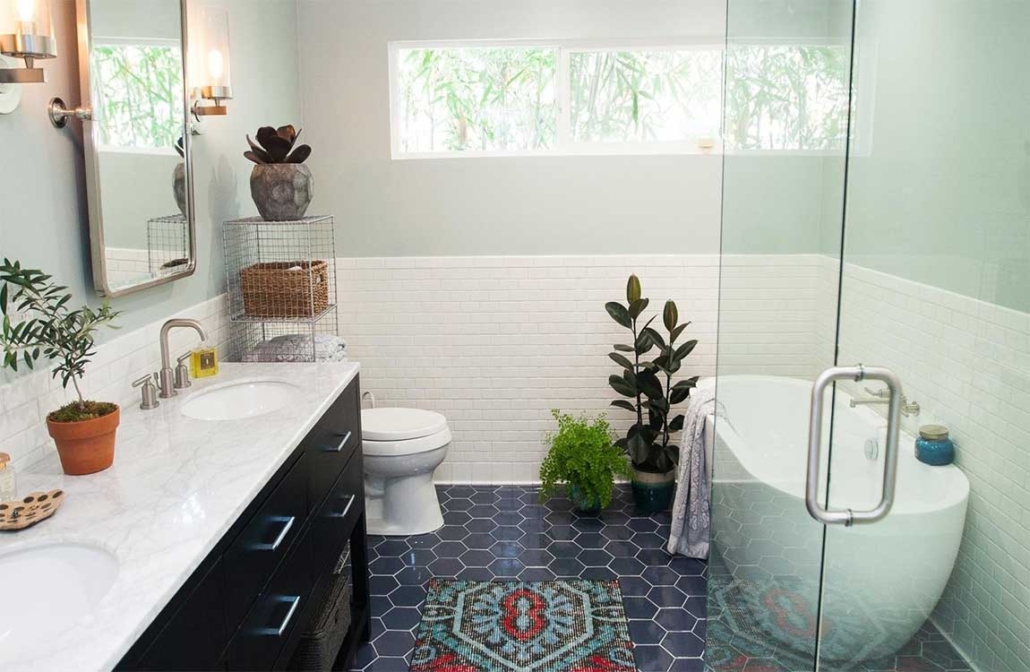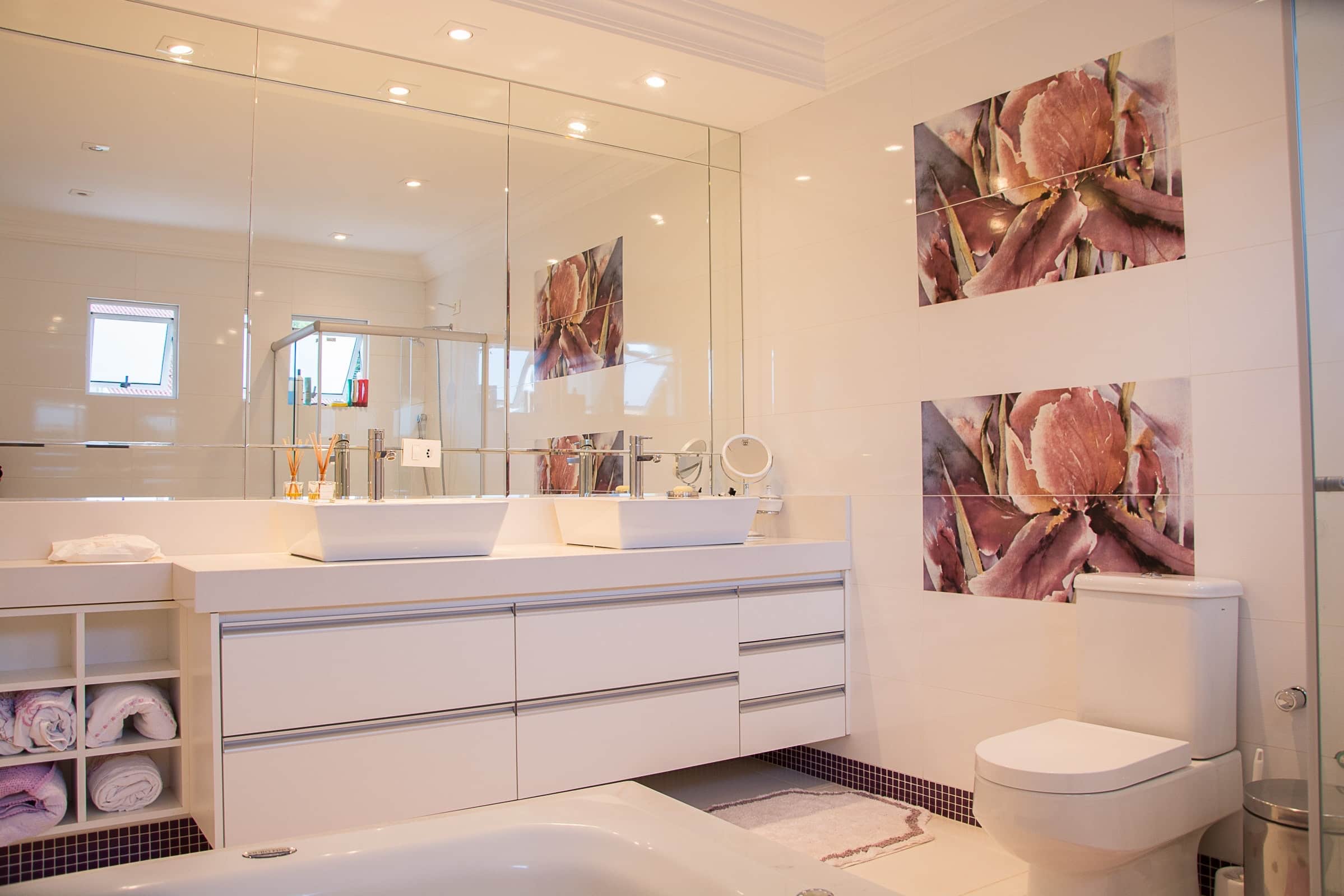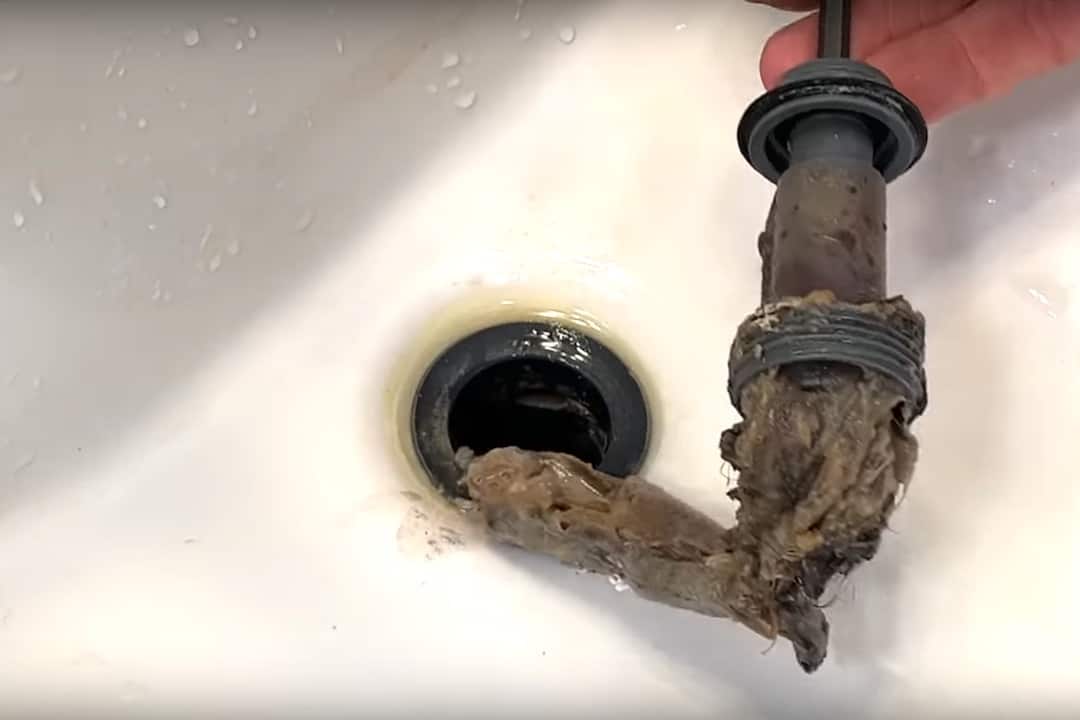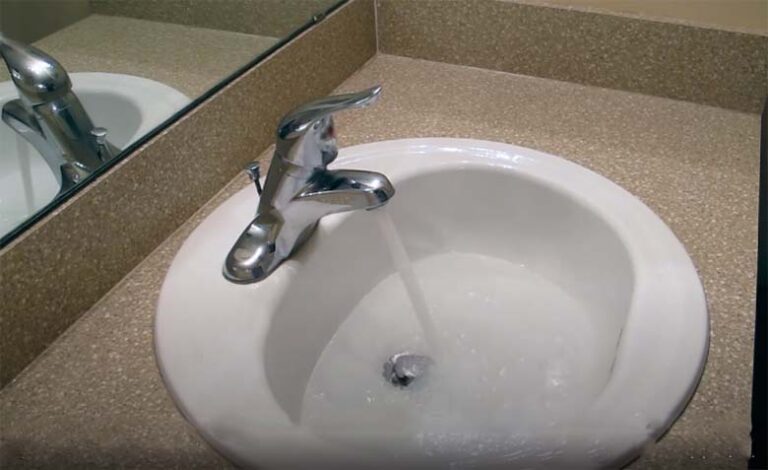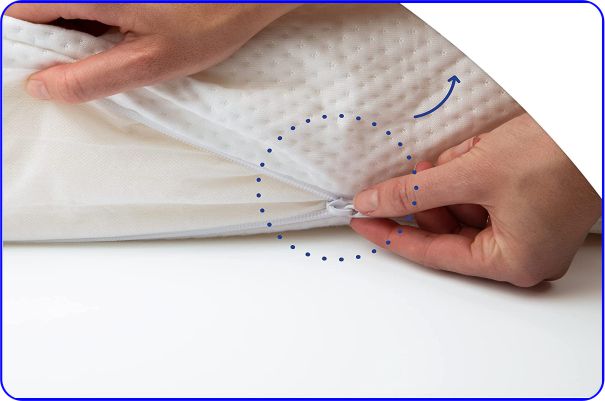Unblocking a bathroom sink can be a frustrating and messy task, but it's a common problem that many homeowners face. Whether it's due to hair, soap scum, or other debris, a clogged bathroom sink can disrupt your daily routine and cause a lot of inconvenience. Fortunately, there are several effective methods for unclogging a bathroom sink that you can try at home. In this article, we'll share 10 of the best ways to unblock a bathroom sink and get your drainage flowing smoothly again.Unclogging a Bathroom Sink: 10 Tips and Tricks
Before you start trying to unclog your bathroom sink, make sure to remove any standing water from the sink and wear gloves to protect your hands. Here are 10 simple steps to follow for unblocking your bathroom sink: Step 1: Remove the sink stopper or drain cover and clean it of any debris or buildup. Step 2: Use a plunger to create suction and dislodge any blockages in the drain. Step 3: If the plunger doesn't work, try using a drain snake or a wire hanger to physically remove the clog. Step 4: If the clog is located deeper in the pipes, try pouring boiling water down the drain to break it up. Step 5: Mix equal parts baking soda and vinegar and pour it down the drain. Let it sit for 15 minutes before flushing it with hot water. Step 6: Use a wet/dry vacuum to suck out any debris or buildup from the drain. Step 7: If none of the above methods work, try using a commercial drain cleaner, following the instructions carefully. Step 8: For tough clogs, you may need to remove the P-trap under the sink and clean it out manually. Step 9: Once the clog is removed, run hot water down the drain to flush out any remaining debris. Step 10: Replace the sink stopper or drain cover and test the sink to make sure the water is draining properly.How to Unblock a Bathroom Sink: 10 Easy Steps
While commercial drain cleaners can be effective, they may contain harsh chemicals that can damage your pipes over time. If you prefer a more natural and eco-friendly approach, here are 5 DIY methods for unclogging a bathroom sink: 1. Baking Soda and Vinegar: This classic DIY method is a powerful combination for breaking down clogs. Mix 1/2 cup of baking soda with 1/2 cup of vinegar and pour it down the drain. Let it sit for 15 minutes before flushing it with hot water. 2. Salt and Baking Soda: For tougher clogs, mix 1/2 cup of salt with 1/2 cup of baking soda and pour it down the drain. Let it sit for several hours or overnight before flushing it with hot water. 3. Boiling Water and Salt: Boil a pot of water and add 1/2 cup of salt. Pour the mixture down the drain and let it sit for a few minutes before flushing it with hot water. 4. Dish Soap and Hot Water: If your sink is clogged due to grease or soap scum, pour 1/4 cup of dish soap down the drain, followed by a pot of boiling water. 5. Wet/Dry Vacuum: If you have a wet/dry vacuum, you can use it to suck out the clog from the drain. Just make sure to cover the vent to create a seal and use the vacuum on the highest setting.DIY: The Best Way to Unclog a Bathroom Sink
If you're dealing with a stubborn clog in your bathroom sink, it's important to identify the cause of the blockage in order to effectively remove it and prevent future clogs. Here are 10 common causes of a clogged bathroom sink: 1. Hair: One of the most common culprits of bathroom sink clogs, hair can easily get caught in the drain and create a blockage. 2. Soap Scum: Soap residue can build up in the pipes over time, leading to a clog. 3. Toothpaste: Similar to soap scum, toothpaste can also accumulate in the drain and cause a blockage. 4. Dirt and Debris: If you wash your face or hands over the sink, dirt and debris can get into the drain and cause a clog. 5. Grease and Oil: Grease and oil from cooking can solidify in the pipes and cause a clog over time. 6. Foreign Objects: Small objects like jewelry or cotton swabs can accidentally fall into the sink and create a blockage. 7. Mineral Buildup: Minerals from hard water can accumulate in the pipes and create a hard blockage. 8. Tree Roots: In rare cases, tree roots can grow into the pipes and cause a blockage in bathroom sinks. 9. Old Pipes: Over time, old pipes can corrode or collapse, leading to clogs in the bathroom sink. 10. Improper Installation: If the pipes were not properly installed, they can become misaligned or disconnected, creating a blockage in the drain.The Ultimate Guide to Unclogging a Bathroom Sink
While plungers and drain snakes are the most commonly used tools for unclogging a bathroom sink, there are other tools that can be helpful for removing stubborn clogs: 1. Drain Auger: Also known as a plumbing snake, this tool has a long, flexible cable that can reach deep into the pipes and physically remove the clog. 2. Zip-It Tool: This inexpensive tool has small teeth that can grab onto hair and other debris in the drain and pull it out. 3. Plumber's Snake: Similar to a drain auger, this tool is longer and sturdier, making it effective for larger clogs and tougher blockages. 4. Wet/Dry Vacuum: As mentioned before, a wet/dry vacuum can be used to suck out debris from the drain. 5. Bent Wire Hanger: If you don't have a drain snake, a bent wire hanger can be a useful substitute for physically removing a clog in the drain.The Most Effective Tools for Unclogging a Bathroom Sink
The best way to deal with a clogged bathroom sink is to prevent it from happening in the first place. Here are some tips to help keep your sink free from clogs: 1. Use a Drain Cover: A drain cover can help catch hair and other debris before it goes down the drain. 2. Avoid Pouring Grease Down the Sink: Instead, dispose of grease and oil in the trash. 3. Use a Sink Strainer: Similar to a drain cover, a sink strainer can also help catch debris before it reaches the drain. 4. Regularly Clean the Sink Stopper: Soap scum and hair can build up on the sink stopper, so cleaning it regularly can prevent clogs. 5. Run Hot Water Down the Drain: Once a week, run hot water down the drain to help flush out any buildup.How to Prevent a Bathroom Sink from Getting Clogged
When it comes to unclogging a bathroom sink, there are some best practices to follow and mistakes to avoid: The Dos: - Do use a plunger first before trying other methods. - Do wear gloves to protect your hands from any harmful chemicals or debris. - Do try natural methods before using commercial drain cleaners. The Don'ts: - Don't use a plunger if you've already poured a chemical drain cleaner down the sink. - Don't mix different types of drain cleaners together, as this can cause dangerous chemical reactions. - Don't pour hot water down the sink if you've used a chemical drain cleaner, as it can cause the chemicals to splash back up.The Dos and Don'ts of Unclogging a Bathroom Sink
If you don't have any specialized tools on hand, you can try using common household items to unclog your bathroom sink: - Boiling water - Baking soda and vinegar - Salt - Dish soap - Wire hanger - Plunger - Wet/dry vacuum - Zip-It tool - Drain auger - Plumber's snake With these 10 tips and tricks, you should be well-equipped to deal with any clogs in your bathroom sink. Remember to always use caution when handling chemicals and tools, and if a clog persists, it's best to call a professional plumber for assistance. By following these methods and practicing preventive measures, you can keep your bathroom sink running smoothly and avoid any future clogs. 10 Household Items You Can Use to Unblock a Bathroom Sink
The Best Way to Unblock a Bathroom Sink

Why Unblock a Bathroom Sink?
 Having a blocked bathroom sink can be a major inconvenience. Not only does it prevent you from using the sink for daily tasks such as washing your hands or brushing your teeth, but it can also lead to unpleasant odors and potential damage to your pipes. Ignoring a blocked sink can also cause it to become completely unusable, making it necessary to call in a professional plumber. However, before you reach for the phone, there are some simple and effective ways to unblock your bathroom sink on your own.
Having a blocked bathroom sink can be a major inconvenience. Not only does it prevent you from using the sink for daily tasks such as washing your hands or brushing your teeth, but it can also lead to unpleasant odors and potential damage to your pipes. Ignoring a blocked sink can also cause it to become completely unusable, making it necessary to call in a professional plumber. However, before you reach for the phone, there are some simple and effective ways to unblock your bathroom sink on your own.
Identify the Cause
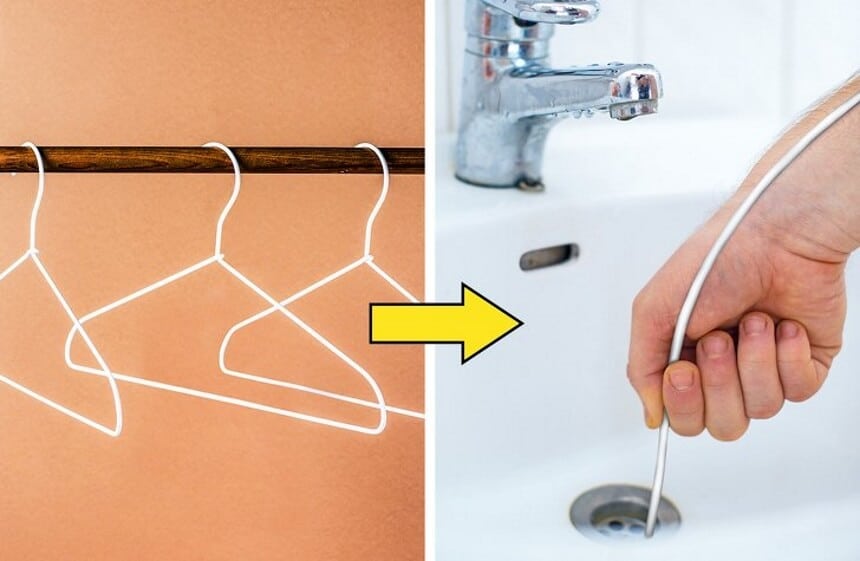 The first step in unblocking a bathroom sink is to identify the cause of the blockage. In most cases, the blockage is caused by a buildup of hair, soap scum, and other debris. This can easily be removed with a plunger or drain snake. However, if the blockage is caused by something more serious, such as a foreign object stuck in the pipes, it may require more extensive measures.
The first step in unblocking a bathroom sink is to identify the cause of the blockage. In most cases, the blockage is caused by a buildup of hair, soap scum, and other debris. This can easily be removed with a plunger or drain snake. However, if the blockage is caused by something more serious, such as a foreign object stuck in the pipes, it may require more extensive measures.
Use a Plunger
 One of the most common and effective ways to unblock a bathroom sink is by using a plunger. This tool works by creating suction and pushing air and water through the pipes, dislodging the blockage. To use a plunger, fill the sink with enough water to cover the rubber part of the plunger. Place the plunger over the drain and push down firmly, then pull up quickly. Repeat this motion several times until the blockage is cleared.
One of the most common and effective ways to unblock a bathroom sink is by using a plunger. This tool works by creating suction and pushing air and water through the pipes, dislodging the blockage. To use a plunger, fill the sink with enough water to cover the rubber part of the plunger. Place the plunger over the drain and push down firmly, then pull up quickly. Repeat this motion several times until the blockage is cleared.
Try a Drain Snake
 If the plunger doesn't do the trick, you can try using a drain snake. This long, flexible tool is designed to navigate through the pipes and break up any clogs. To use a drain snake, insert it into the drain and turn the handle to move it through the pipes. Once you feel resistance, rotate the snake to break up the blockage. Continue until the water begins to drain freely.
If the plunger doesn't do the trick, you can try using a drain snake. This long, flexible tool is designed to navigate through the pipes and break up any clogs. To use a drain snake, insert it into the drain and turn the handle to move it through the pipes. Once you feel resistance, rotate the snake to break up the blockage. Continue until the water begins to drain freely.
Prevent Future Blockages
 To avoid dealing with a blocked bathroom sink in the future, there are some simple preventative measures you can take. Use a drain cover to catch hair and debris, and regularly clean the drain with a mixture of hot water, baking soda, and vinegar. You can also pour boiling water down the drain once a week to help prevent buildup.
To avoid dealing with a blocked bathroom sink in the future, there are some simple preventative measures you can take. Use a drain cover to catch hair and debris, and regularly clean the drain with a mixture of hot water, baking soda, and vinegar. You can also pour boiling water down the drain once a week to help prevent buildup.
Call in a Professional
 If all else fails, it may be time to call in a professional plumber. They have the tools and expertise to tackle even the toughest blockages and can provide advice on how to prevent them in the future.
In conclusion, a blocked bathroom sink can be a frustrating and unpleasant experience, but with the right tools and techniques, you can easily unblock it yourself. By following these tips and taking preventative measures, you can keep your sink running smoothly and avoid the hassle and expense of calling in a plumber. So next time you encounter a blocked bathroom sink, don't panic – just remember these simple steps to get it unblocked in no time.
If all else fails, it may be time to call in a professional plumber. They have the tools and expertise to tackle even the toughest blockages and can provide advice on how to prevent them in the future.
In conclusion, a blocked bathroom sink can be a frustrating and unpleasant experience, but with the right tools and techniques, you can easily unblock it yourself. By following these tips and taking preventative measures, you can keep your sink running smoothly and avoid the hassle and expense of calling in a plumber. So next time you encounter a blocked bathroom sink, don't panic – just remember these simple steps to get it unblocked in no time.








